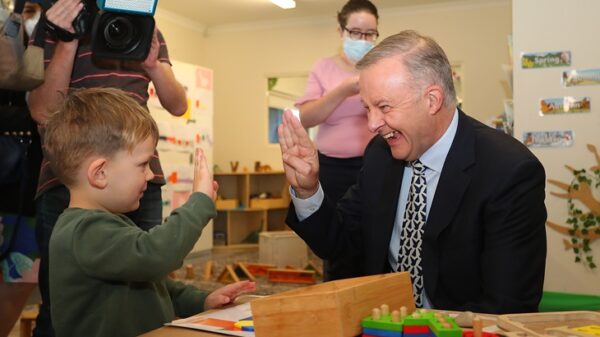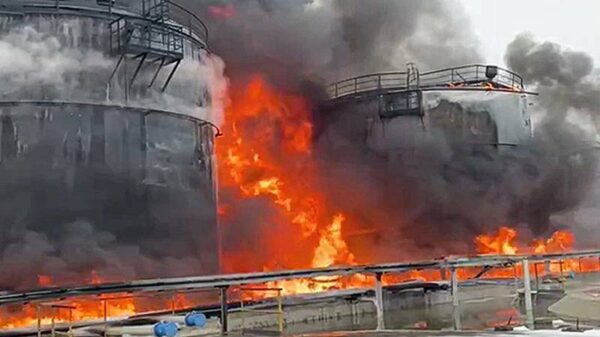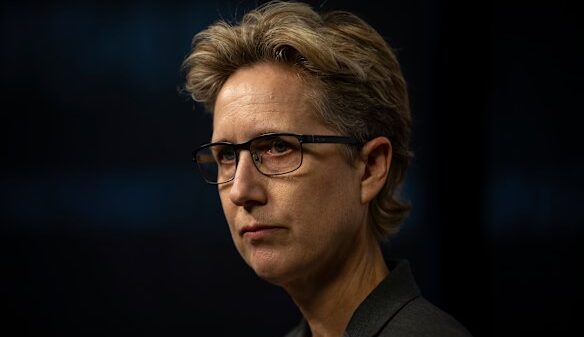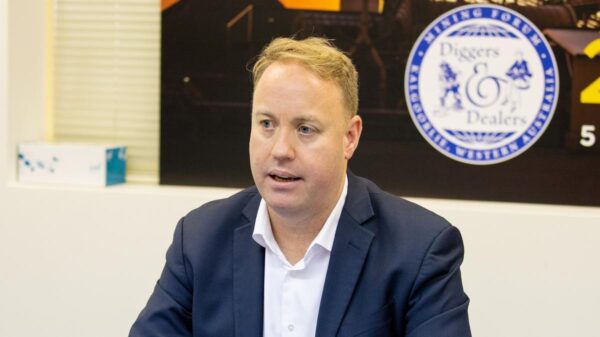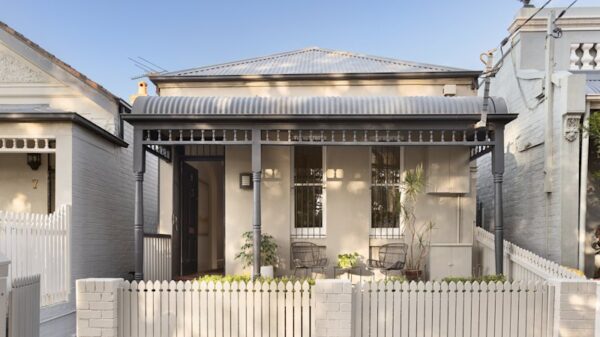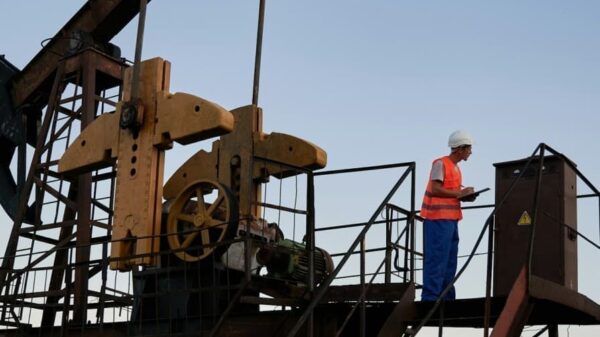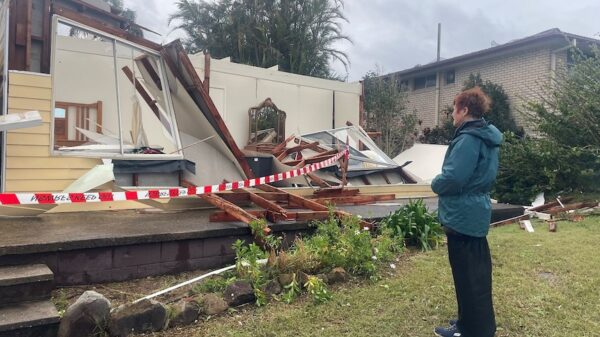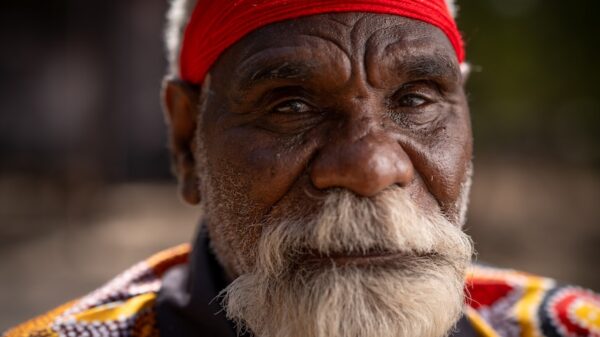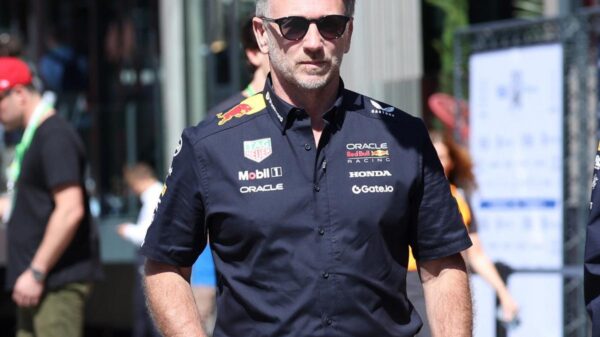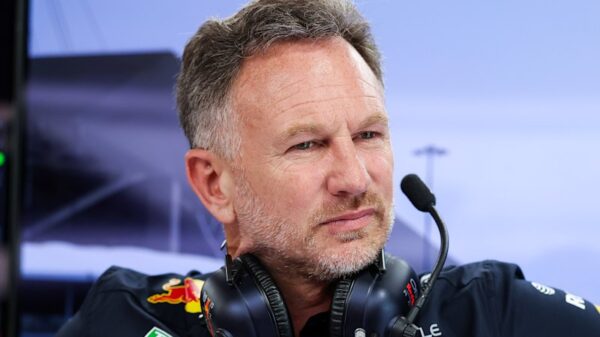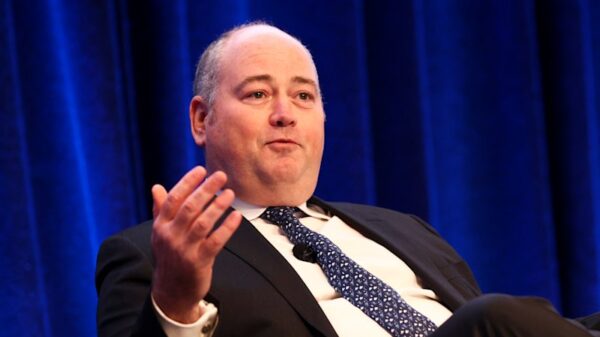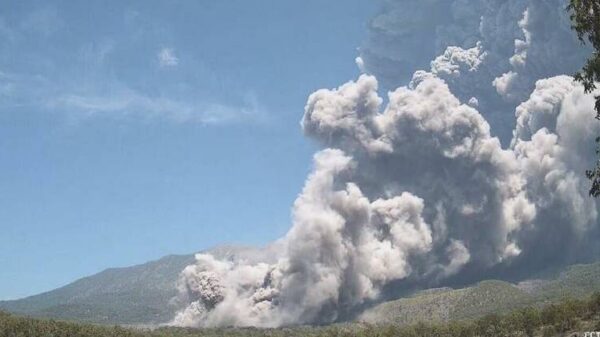Defence recruitment in Australia has surged to its highest level in 15 years, driven by significant government investment exceeding $600 million in bonuses and housing subsidies. This initiative aims to retain soldiers, sailors, and aviators in the military, particularly in light of increasing tensions with China. As of July 1, 2023, the number of full-time uniformed personnel across the Army, Air Force, and Navy has reached nearly 62,000, marking an increase of almost 3,000 from previous figures.
Despite this positive trend, challenges remain. While around 75,000 individuals applied to join the Australian Defence Force (ADF) last financial year, only slightly more than 7,000 were successfully enlisted. Many potential recruits lost interest, were disqualified, or changed their minds about their preferred roles.
In a statement highlighting the government’s efforts, Richard Marles, Defence Minister, noted that the ADF is experiencing growth for the first time in almost four years. He expressed confidence that this trend will continue, stating, “In 2025, the ADF is now growing again for the first time in almost four years. While there is much more work to do, we are confident these positive trends will continue.”
The government’s current target is to expand the ADF to 69,000 personnel by the early 2030s, with enlistment numbers trending above the planned trajectory. To support these ambitious goals, the government is significantly increasing defence spending, including an allocation of nearly $570 million for continuation bonuses designed to keep military personnel after four or seven years of service. Each bonus is valued at $40,000, and reports indicate that 5,778 personnel have accepted these bonuses, including 2,306 who were uncertain about their commitment to the military.
In addition to financial incentives, the government is enhancing the “value proposition” for service members. This includes expanding the Defence Home Ownership scheme, allowing personnel to receive assistance for home purchases earlier in their careers, and trialling earlier eligibility for rental assistance. Budget documents indicate an additional $88 million will be allocated to defence housing over the next three years.
The recent changes have positively impacted the separation rate of personnel leaving the Defence Force, which has decreased from 11.2 percent in 2021-22 to 7.9 percent, the lowest level in a decade. This reduction is notable, particularly in a tight labour market where ex-military personnel with trade skills often secure employment in the private sector easily.
To attract new recruits, Defence has ramped up its advertising efforts, spending over $63 million on commercials and market research last year. The focus has shifted towards digital advertising, social media, and in-game ads to engage younger audiences, who may not respond to traditional advertising formats. Notably, Defence launched its first video advertisement on TikTok, showcasing life as a submariner, which garnered 840,000 views, a record for the platform.
Further adjustments to recruitment standards have also been implemented. Conditions that previously barred enlistment, such as acne, are no longer disqualifying factors. Matthew Keogh, Minister for Defence Personnel, stated, “Clearly that’s stupid in the 21st century. We’re now making sure that our eligibility requirements match the more than 300 different types of roles that are available in the Defence Force.”
In the 2024-25 period, 7,059 individuals joined the permanent ADF and Gap Year Program, marking the best results in 15 years and a 17 percent increase from the previous year. Nonetheless, the high volume of applications—75,000—highlights a conversion rate of less than 10 percent, indicating that while interest is strong, actual enlistment remains a challenge.
The Albanese government faces ongoing scrutiny regarding defence spending and capability, particularly as it resists calls from the Trump administration to increase military budgets by approximately $40 billion annually. With geopolitical tensions rising, the government’s commitment to bolstering the ADF is critical for Australia’s strategic posture in the region.





